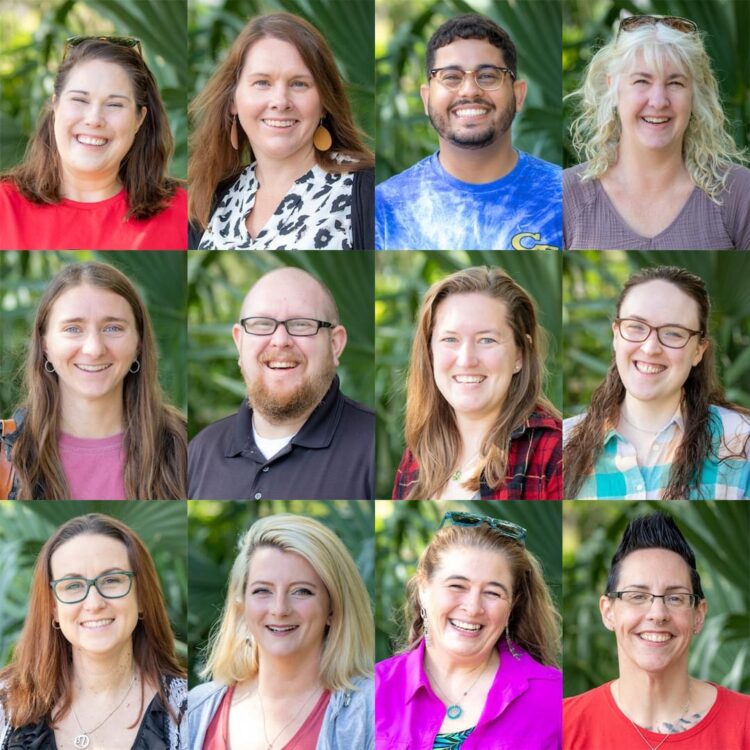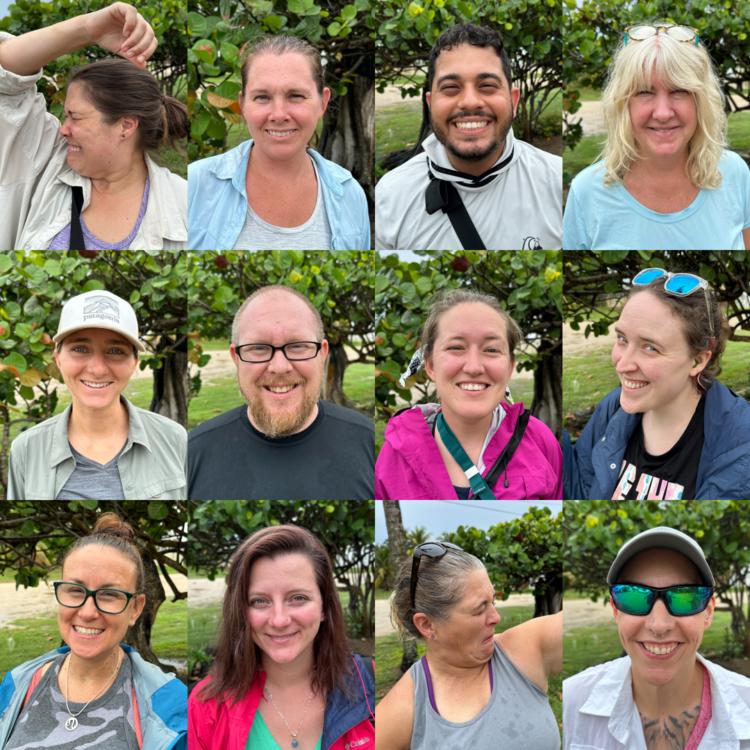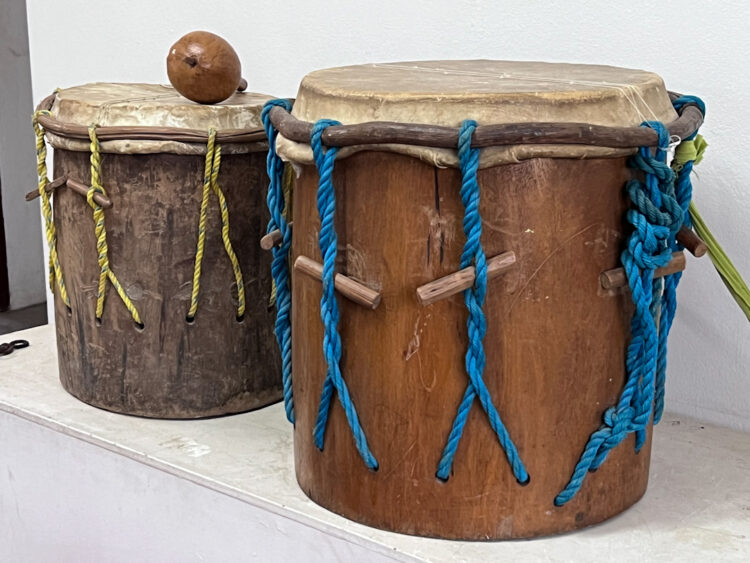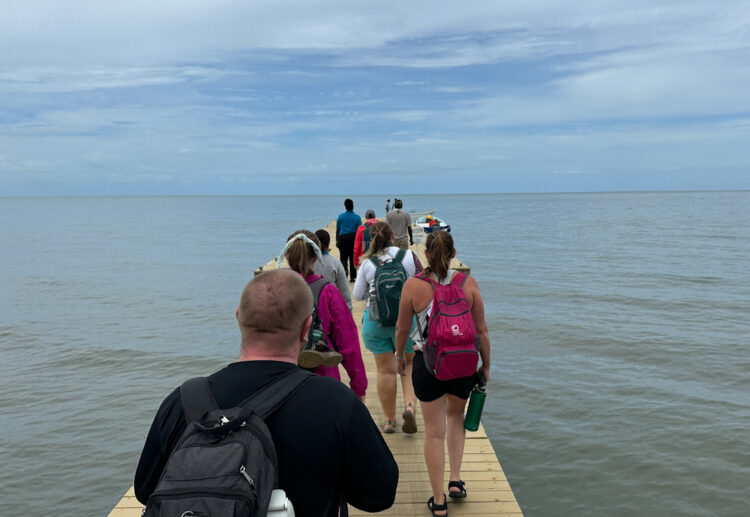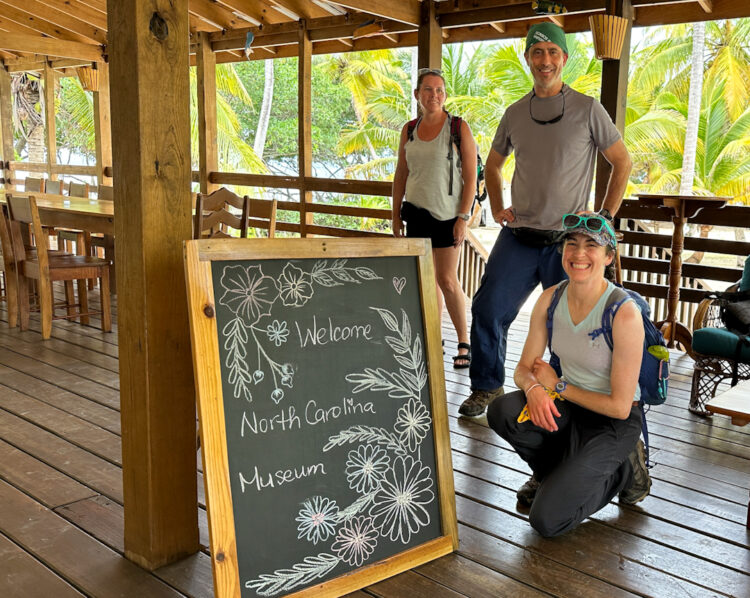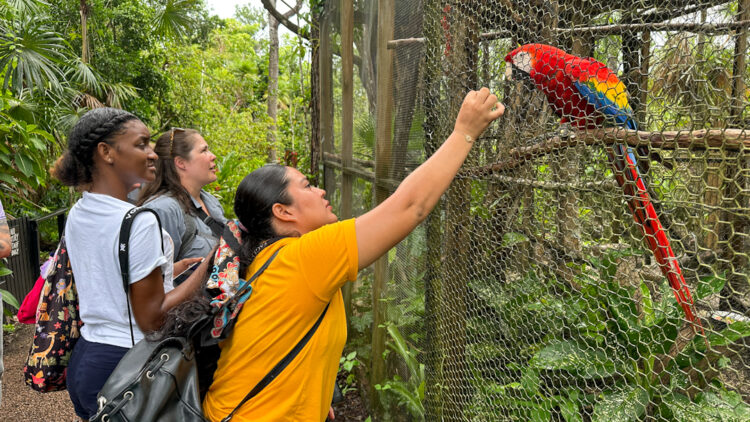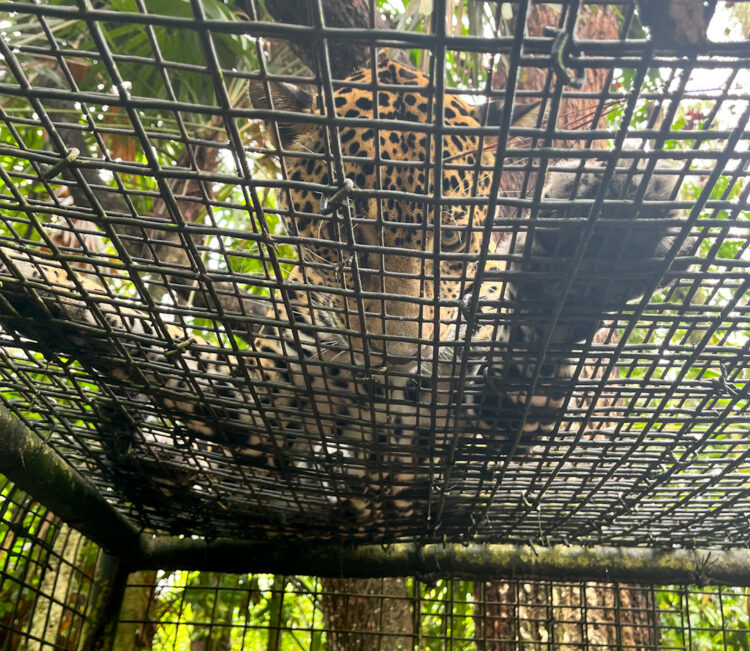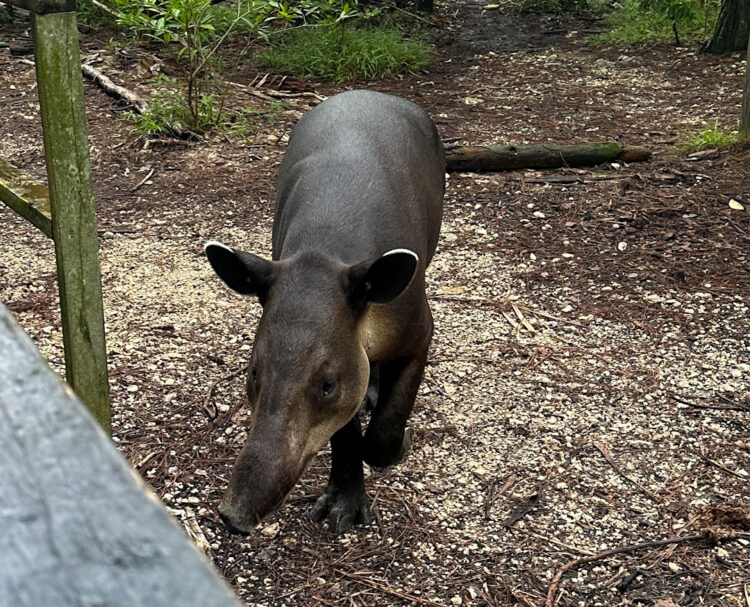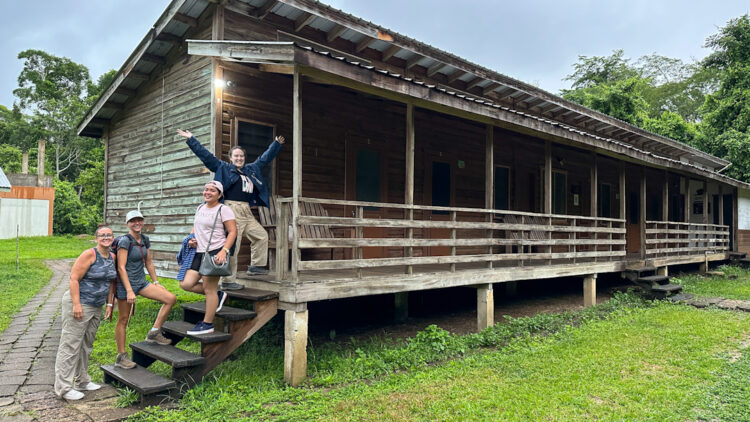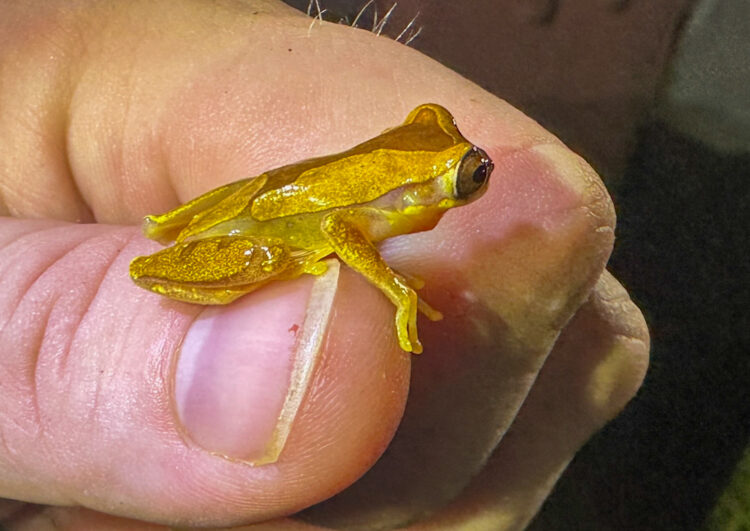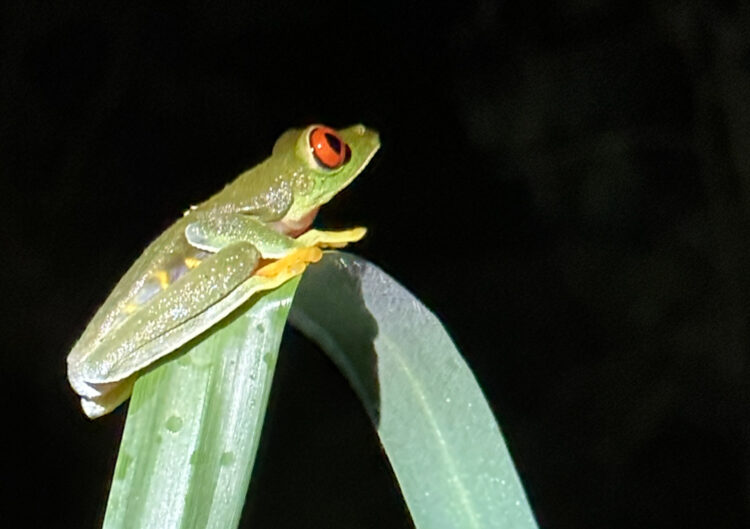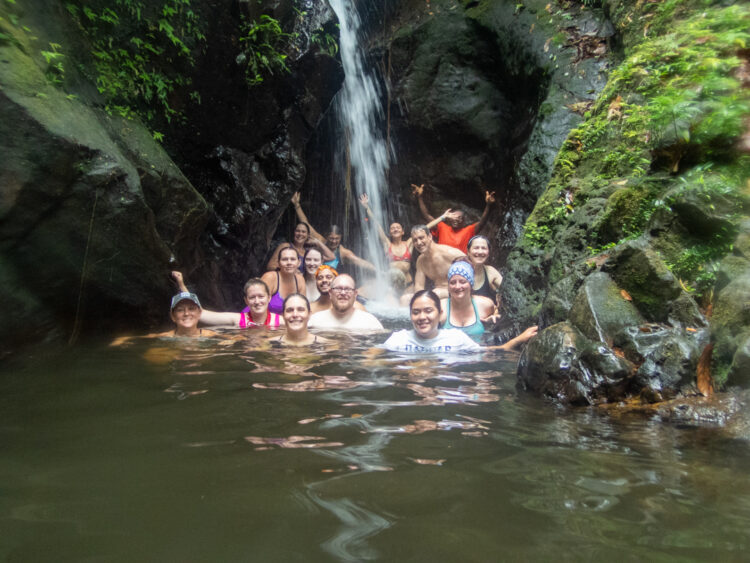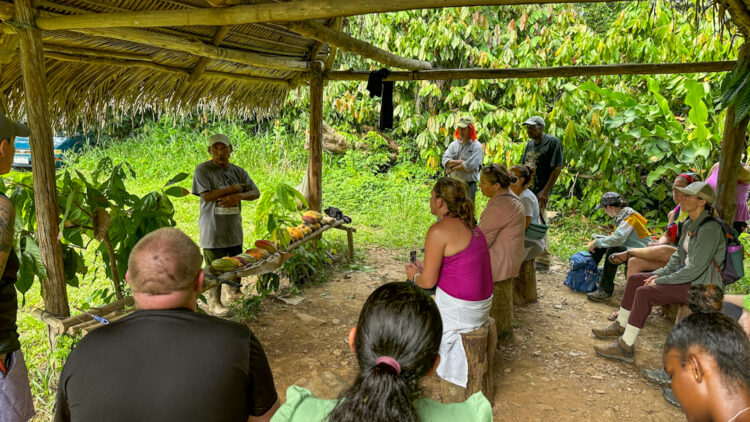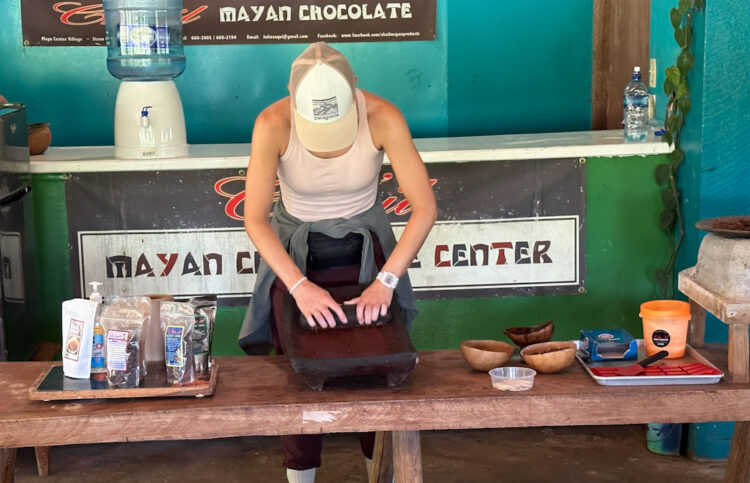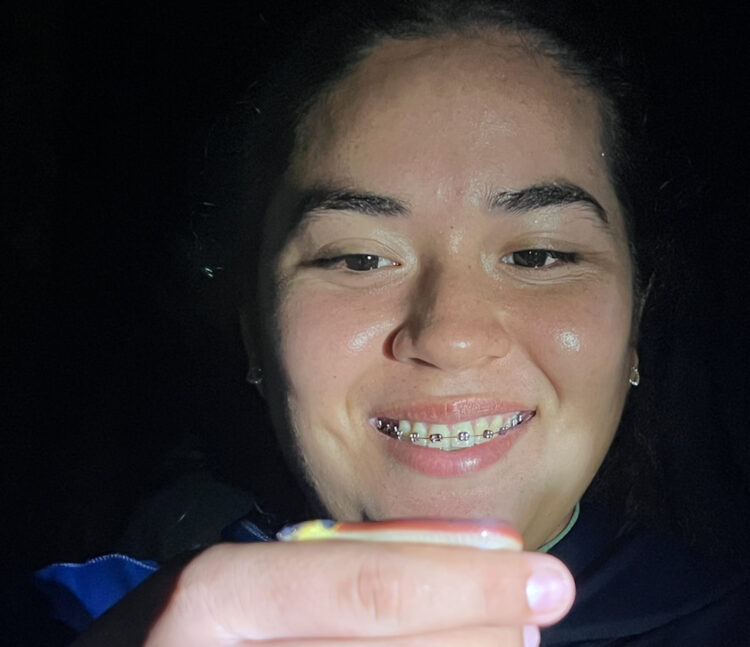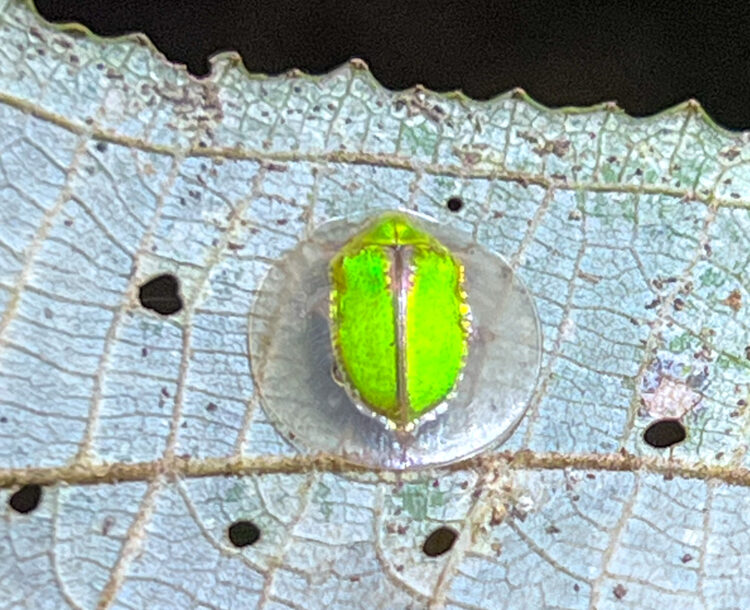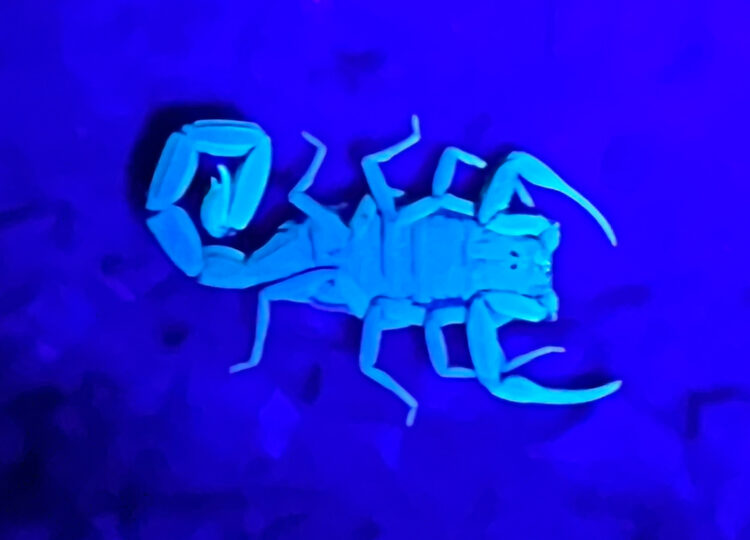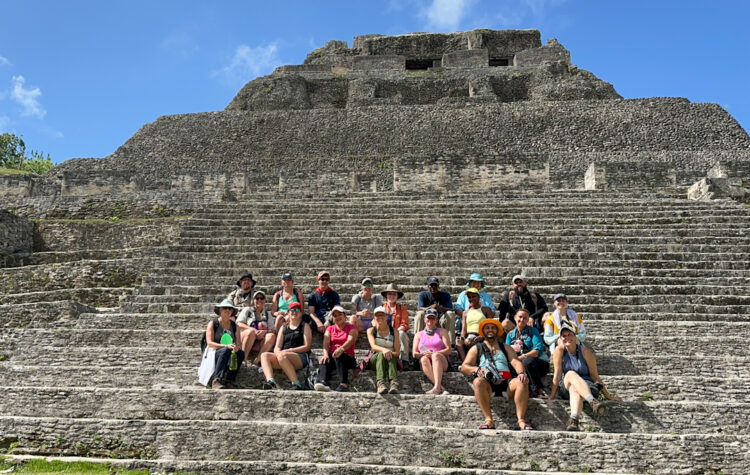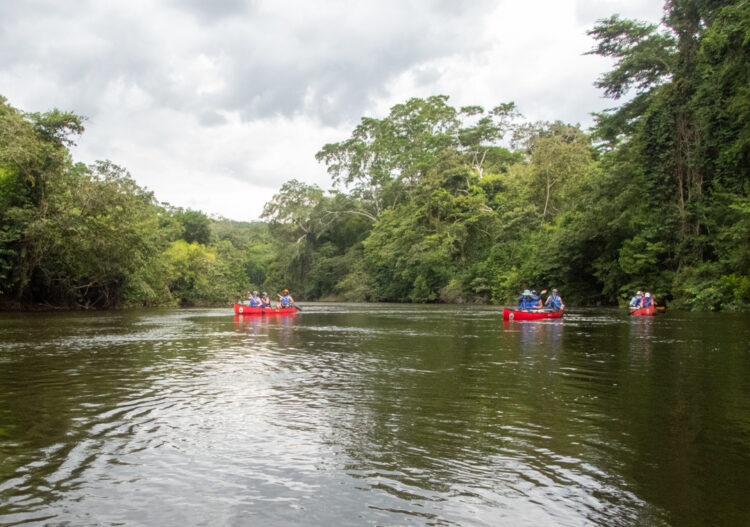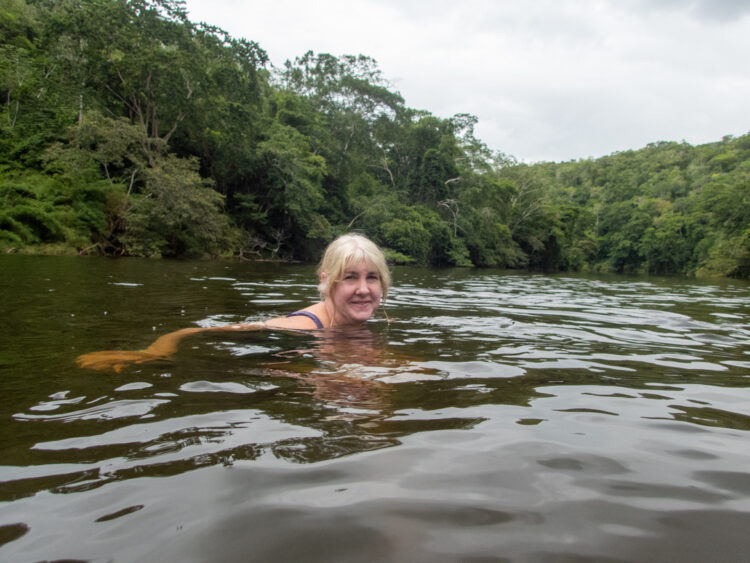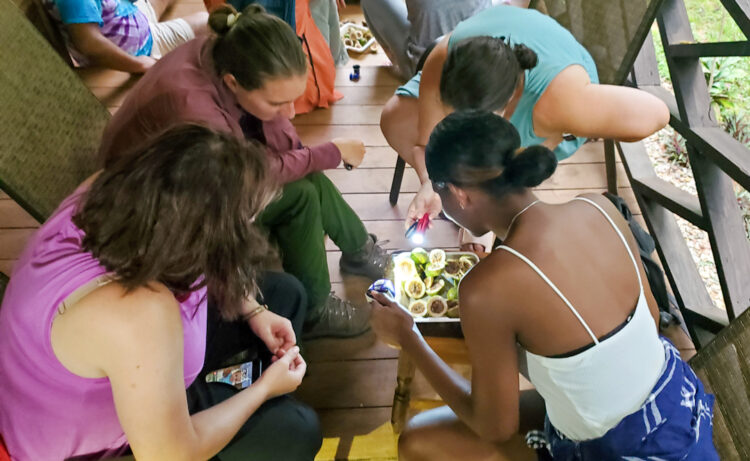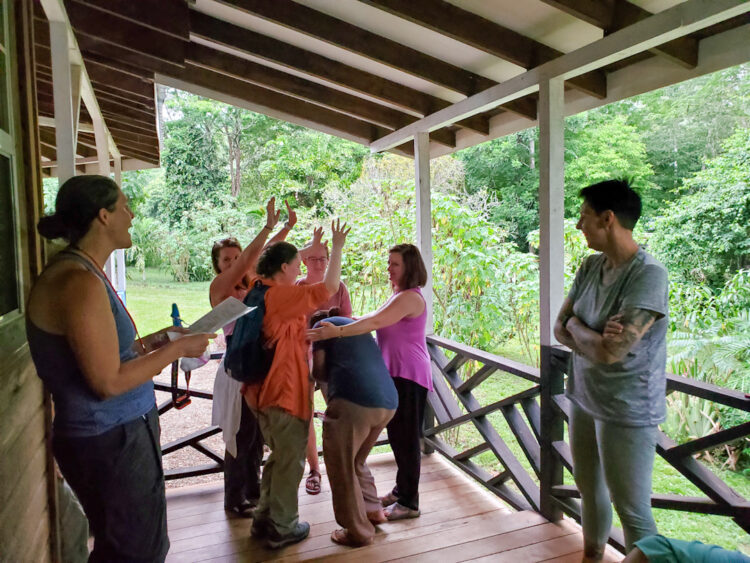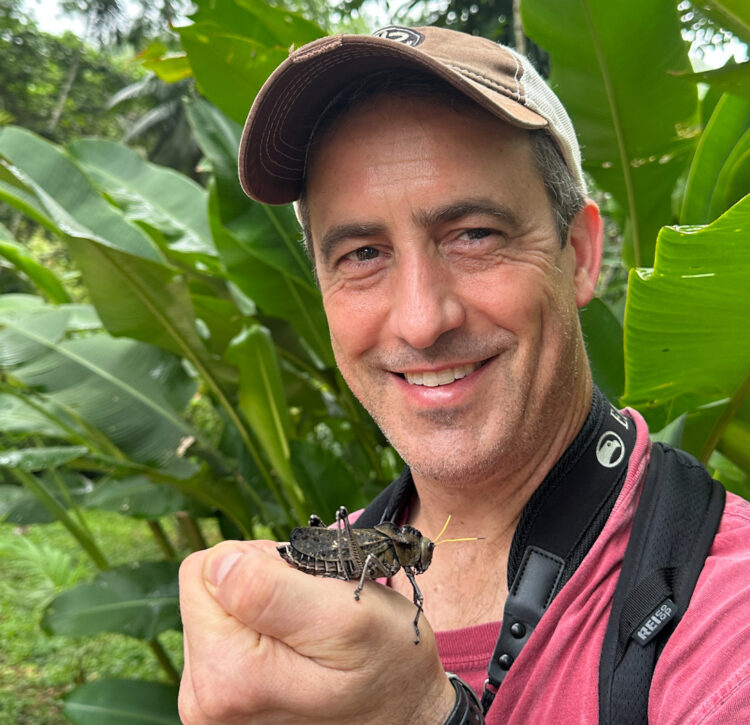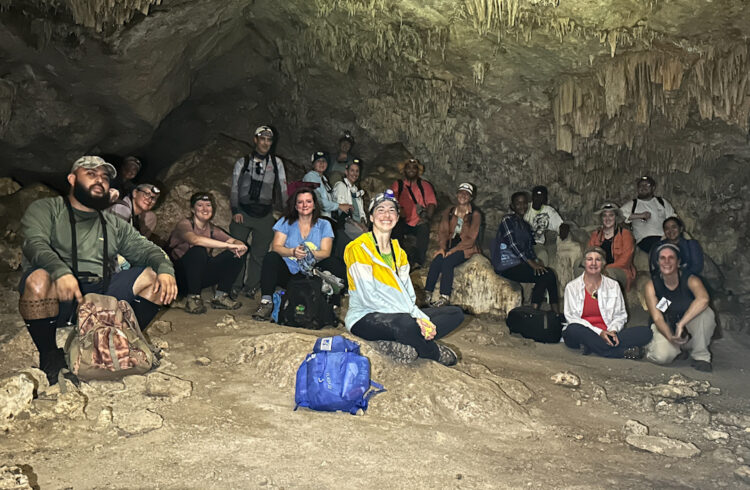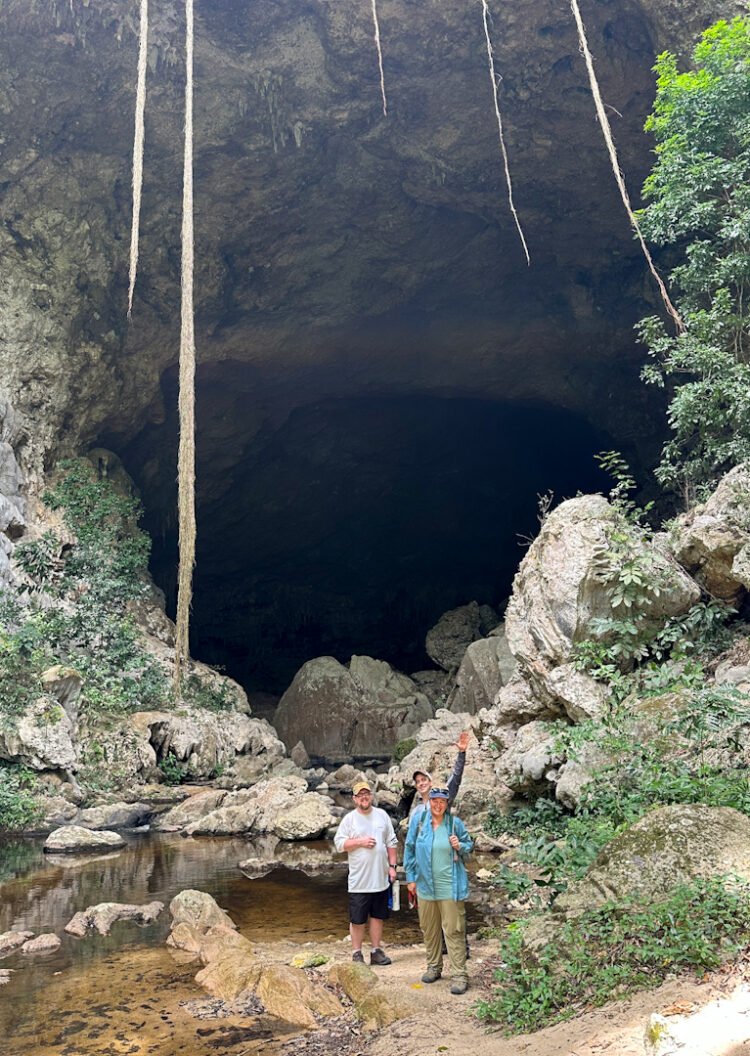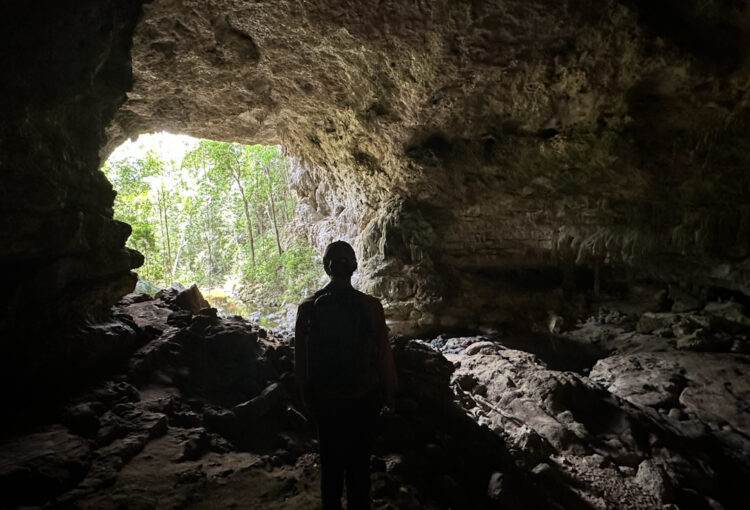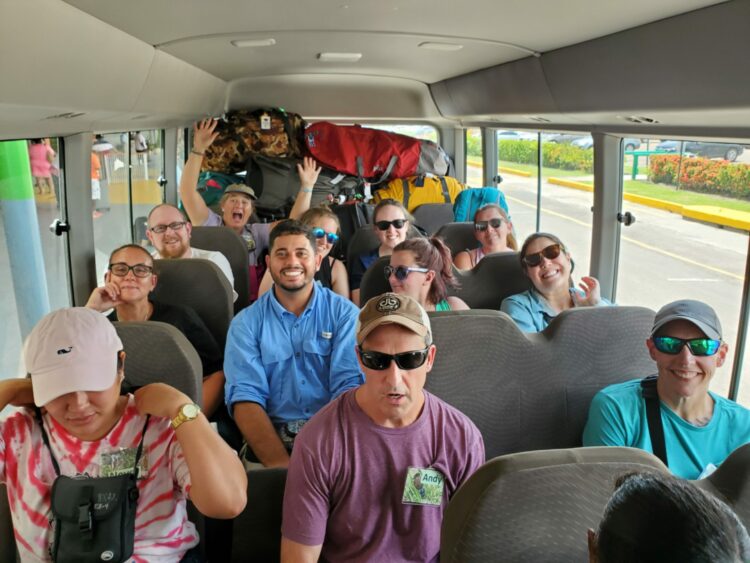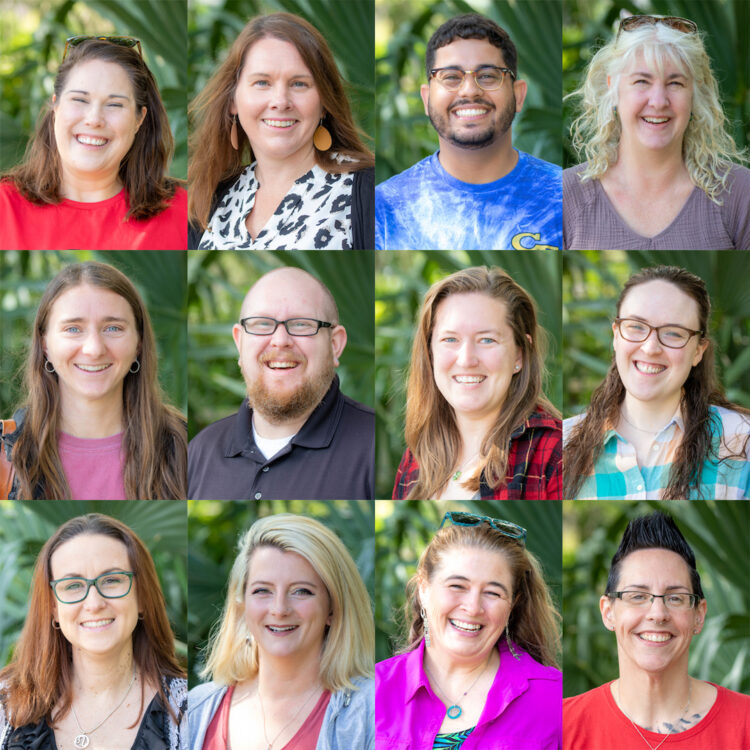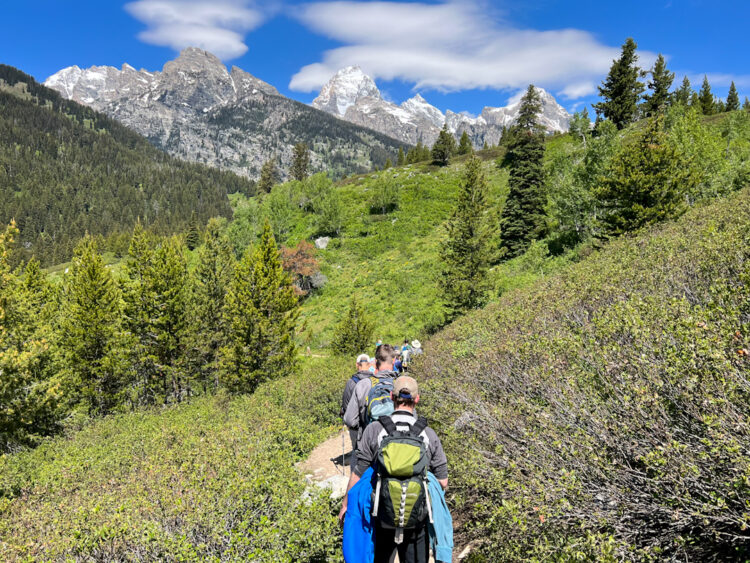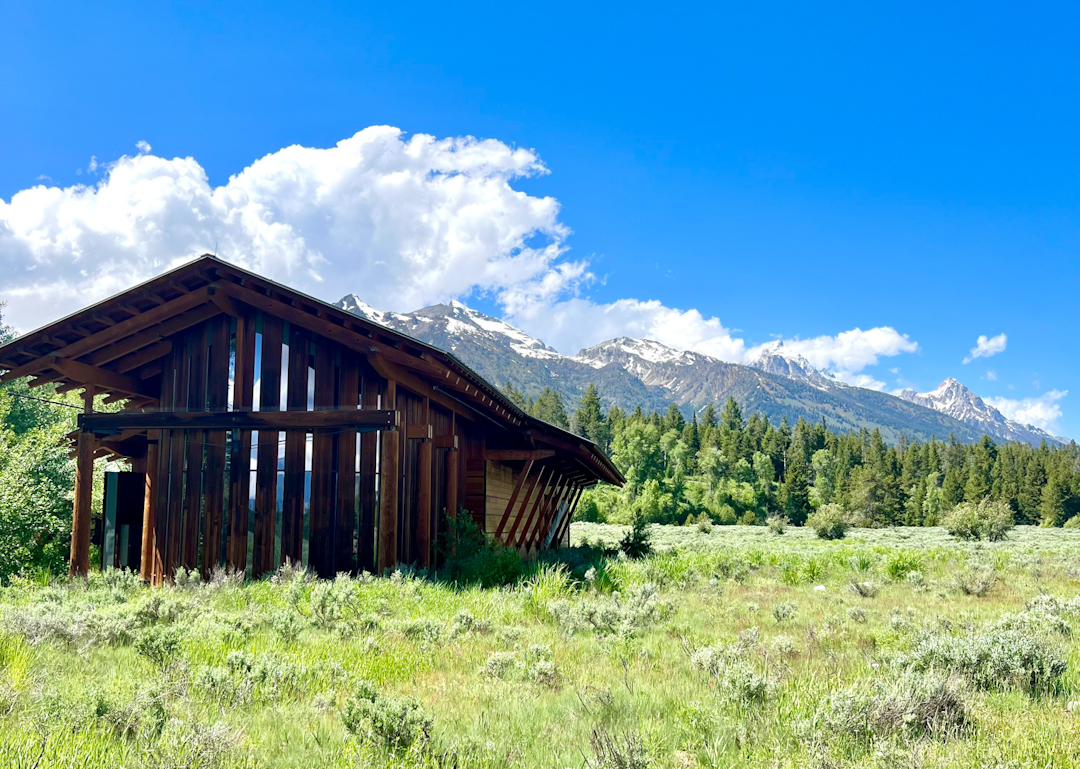How does one describe the indescribable? Language does not possess the capacity to capture the totality of the past ten days and all that we experienced. In an attempt to express how we have been impacted, some words that have emerged over the course of our time here include awesome (in the true sense of the word), renewal, humbling, surreal, grateful, overwhelming, inspired, connection, relationships, and sublime, to name a few. Such words only begin to reveal the deep meaning found in such a short time and the experience that is indelibly imprinted upon each of us. We are — as people and as educators — forever changed in ways both known and unknown. While we are all changed in different ways, it has been the combination of the people we have met and learned from, the vast and diverse landscape, and the abundant and varied wildlife and lifeforms we have experienced that have produced a life-altering effect.
Furthermore, it is not coincidental we have been so profoundly impacted; it is thanks to our thoughtful, knowledgeable and dedicated leaders, Melissa, Greg and Martha, all of whom have not only given their time but have truly given all of themselves. Their passion, insight, patience and flexibility have been unwavering and instrumental in making this trip like nothing else, especially Melissa who, even after forty visits, exudes awe, wonder and joy for the wild majesty that is Yellowstone. From all of us, thank you!
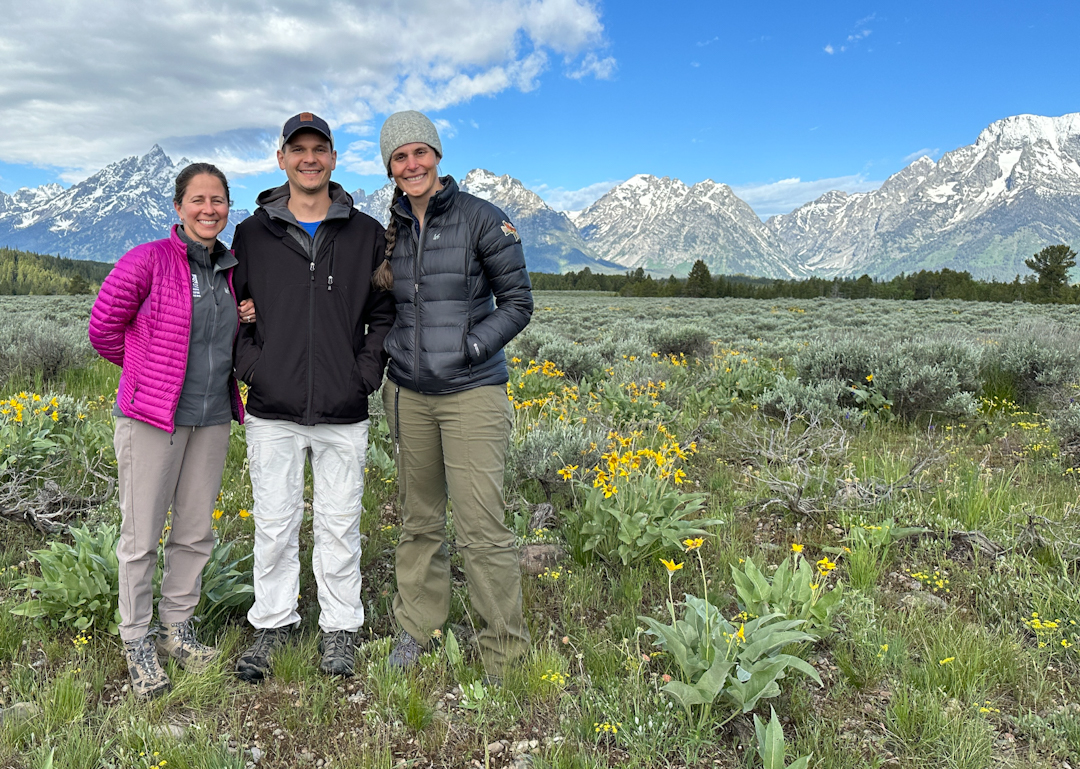
Our trip leaders — Martha, Greg, and Melissa.
Yellowstone contains worlds within worlds, rich with life and history on a scale that is immeasurable. First arriving in the park after an especially early flight, we emerged from a sleepless haze and were quickly introduced to the impressive mountain landscape, winding rivers, and fascinating wildlife: bison, pronghorn antelope and elk. The excitement was palpable. The massive Roosevelt Arch stood as a gateway to the unknown as well as a reminder of the long and complicated history of the land. Our first five days in the Lamar Valley and surrounding area was a foray into our first world within the park. This vast landscape of rugged, looming mountain peaks with steep and stark cliff faces covered in dense groves of Douglas fir trees, sloping into expansive valleys blanketed in lush grasses patchworked with sagebrush and rushing rivers, is truly a sight to behold. Dense layers of clouds could not fully hold back the rays of sun creating a kaleidoscope that shimmered down to the Earth and cast shadows that undulated like waves across the sea.
Each day in the Lamar Valley was full of wildlife and wonder. Despite the cold and wet, a sense of curiosity and inspiration quickly spread throughout our group as new friendships bolstered the shared excitement. Our first full day we were greeted by a moose near our rustic accommodations and shortly thereafter a mother grizzly bear with two playful cubs on a hillside near the road — a truly special and memorable experience that already made us question, how could things get much better? This question was a recurring theme each day, yet somehow each day managed to unveil new depth and beauty. Over the following days, we tracked wolves and witnessed a pack attempt to get a baby bison (but mama bison was not having it, and fought off seven wolves, and baby was quickly surrounded in the safety of the herd); a mother grizzly bear nursing her cubs; baby foxes playing on logs; baby pronghorn antelope with their mother; elk lying in the school football field; and countless birds, wildflowers and breathtaking vistas. The frequency and quality of sightings and unique animal behavior observed was truly astounding and elicited a joy and levity that even unseasonable weather and functioning on minimal sleep couldn’t detract from.
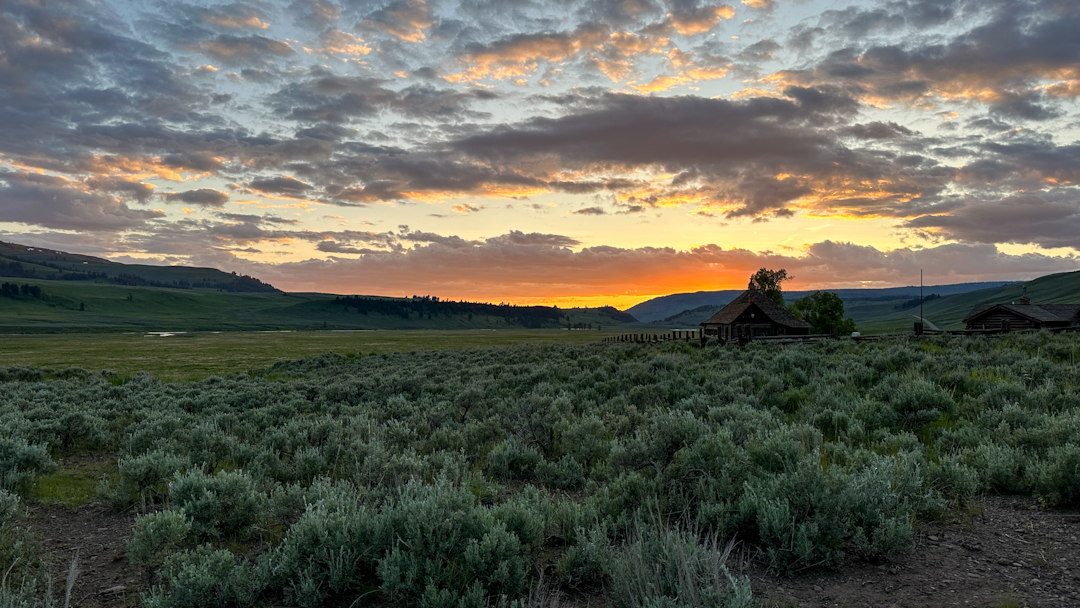
Sunset in Lamar Valley.

Hiking in the northern range.
While the daily exhilaration of the natural beauty was otherworldly, another aspect that made the experience even more special was the amazing experts we met and who took time to help us learn about what we were seeing on even deeper levels. Ranger Michael, Kira, Dan, Rick, Pat and others were such an integral part of making our experience even more special and rich, and each added something that could not be quantified or even described because they did not merely share information, they shared their passion, their insatiable curiosity, and a new lens to look at the park and at life itself through. Even more, they showed us ways we can learn from their lives to enrich our students’ learning and show them new possibilities for their future, and the positive impact they can have in myriad ways. The gift of each of these experts is truly a blessing, the impact of which will help grow the next generation of researchers, conservationists, ecologists, geologists, naturalists, biologists and so much more.
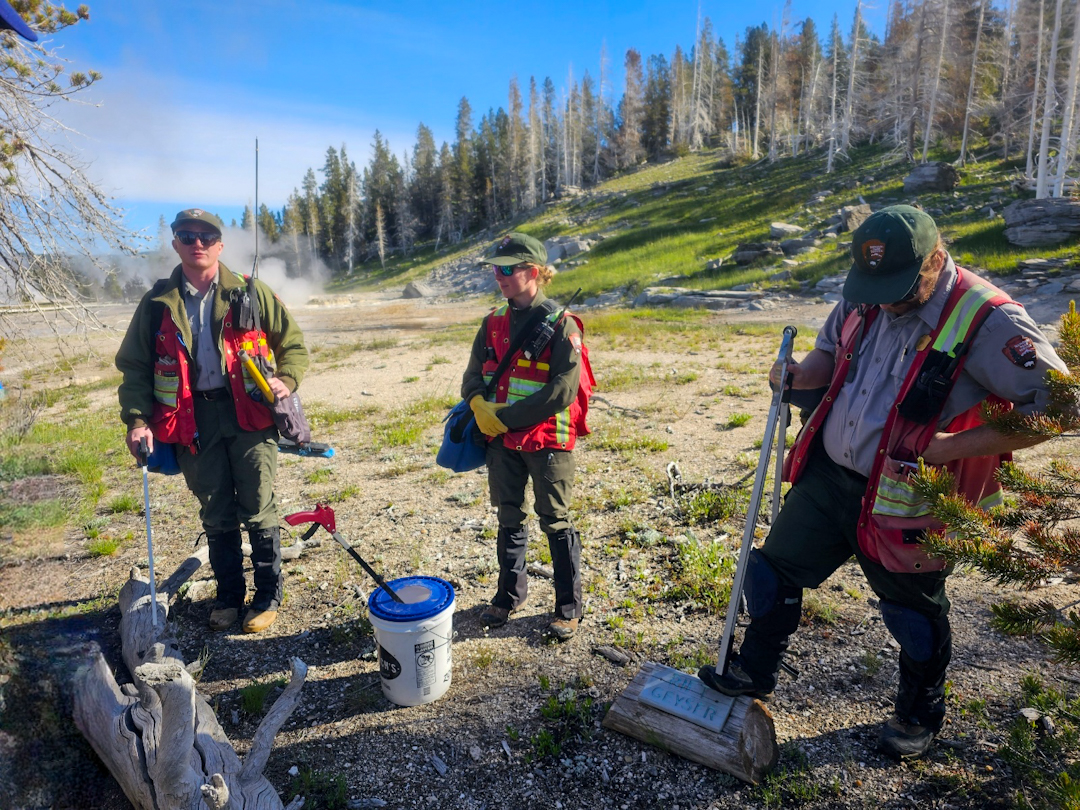
An impromptu meeting with the park’s geology crew in Upper Geyser Basin.
After days immersed in the awesomeness of the northern range, we entered a new world in the park as we headed down to the outer rim of the caldera, through the canyon and into the Yellowstone volcano’s caldera. In the Yellowstone River canyon, rushing river rapids carved through volcanic and hydrothermally altered rocks, exposing among the cliff faces of the canyon a historical account of our planet going back millions of years. The story told is one of dynamic change, volatility and the power of nature that has not only shaped the landscape, but also the subsequent life that has existed, from the tiniest microbes in the most extreme environments to the ways people live on and use the land.
Heading into the caldera, geothermal features unfold across the land, making the Upper and Lower Geyser Basins truly otherworldly. Seeing features such as the Dragon’s Mouth made clear how indigenous peoples didn’t just see rocks and water, but the source of creation itself and built their sense of existence and their culture in relationship with the Earth. The Earth is not a resource to consume, it is sacred and to be revered, honored and respected — a lesson we all would benefit to learn.
From the caldera, we drove out of Yellowstone to experience the majesty of Grand Teton National Park, just miles away. While close in proximity, the Tetons stand as a world all their own. Walking into the Jackson Lake Lodge, tired and desperate for coffee, our bodily concerns immediately faded from thought, and time and space stood still as the mountains enraptured us. Later, a walk to Taggart Lake provided a truly breathtaking view and moment of transcendence and peace. It was in countless moments like these that we felt a unity and connectedness with all of life, an experience of the sublime. After a brief day trip in the Grand Tetons we made our way back up to the geyser basin and Old Faithful, then on to the North Entrance to finish out our time in Yellowstone, a time and place like no other.
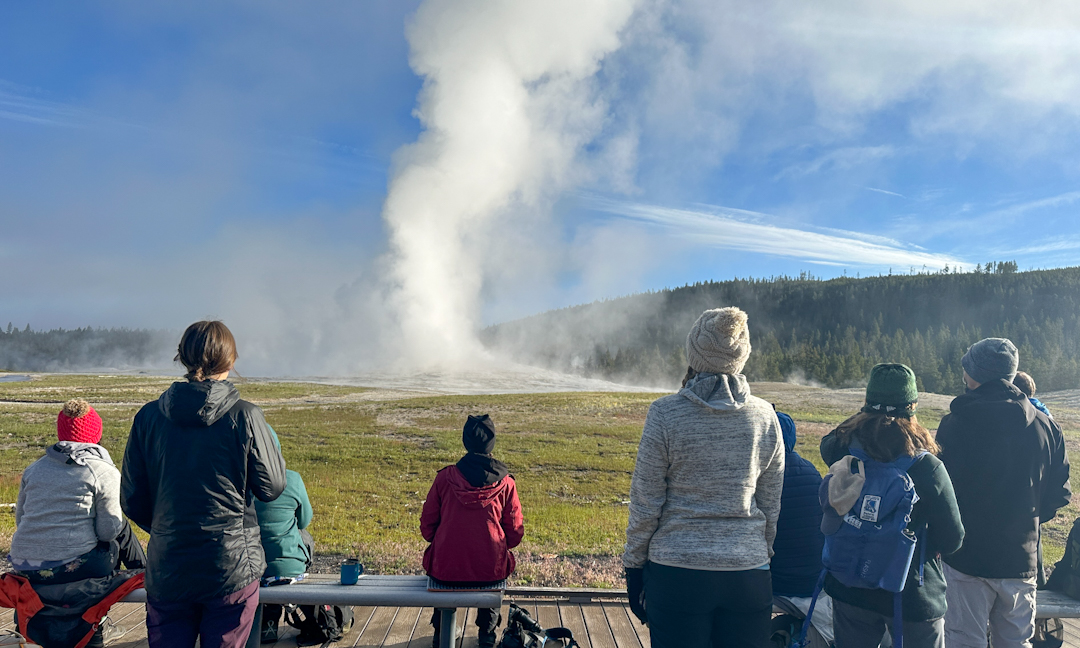
Watching Old Faithful at dawn.

Sawmill Geyser in eruption.

View of the Tetons from Taggart Lake.
There is the Greek maxim, “know thyself,” and Yellowstone is a place that instills in one a new and deeper understanding that is born out of experiencing the interconnectedness that we all share, for knowledge is relational. Amidst the landscape, the relationship between one individual and the hills, the rocks, the wildlife, the sky and so much more are all-consuming. Each sensation is not only stronger, it speaks of who we are and what it means to be human in the most humbling way. It opens you to the simultaneity of our insignificance and our significance, and contained in this paradox you find yourself in a truer sense than had previously been known. So, back to the question posed at the beginning of this post: How does one describe the indescribable? One doesn’t; it can only be experienced.

We finished our trip where we started — at the Roosevelt Arch — the same people but changed for the better by our experience in Yellowstone.
